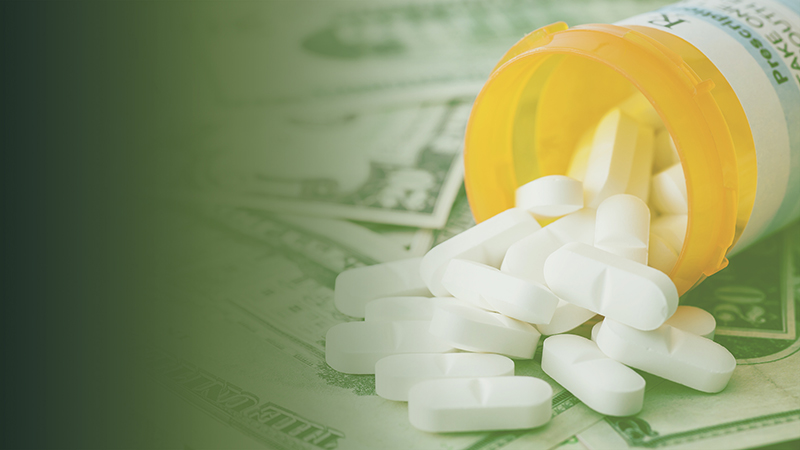Yet, as part of their moribund Build Back Better Act, Democrats are continuing to propose price controls on drugs. It makes no sense. Prescription drugs were an outlier in the BLS report. There was price inflation in every other category of goods and services. Some prices rose at a record pace.
Gasoline prices, for instance, jumped nearly 50% in the year the BLS surveyed. Meat, poultry, and fish prices rose more than 12%, nearly triple the increase between 2019 and 2020. Prices of used cars rose more than 35%. How did prescription drug prices seemingly escape the grip of inflation?
The answer lies with the thriving generic drug market. Last year, more than 90 drugs went generic for the first time. They joined more than 10,000 generics already on the market. Over 90% of prescriptions that people fill are generic.
Since generics are up to 80% cheaper than their name-brand counterparts, they keep consumer spending on prescription medications down. Indeed, generics saved the U.S. healthcare system more than $330 billion in 2020 alone.
Democrats have made prescription drug prices their hobbyhorse. But the data show that there’s no good reason to contemplate price controls on prescription drugs — especially when such controls would destroy the incentives for drug companies to invest in the next generation of cures.
Sally C. Pipes is the president, CEO, and Thomas W. Smith fellow in Health Care Policy at the Pacific Research Institute. Her latest book is False Premise, False Promise: The Disastrous Reality of Medicare for All (Encounter 2020). Follow her on Twitter @sallypipes.


